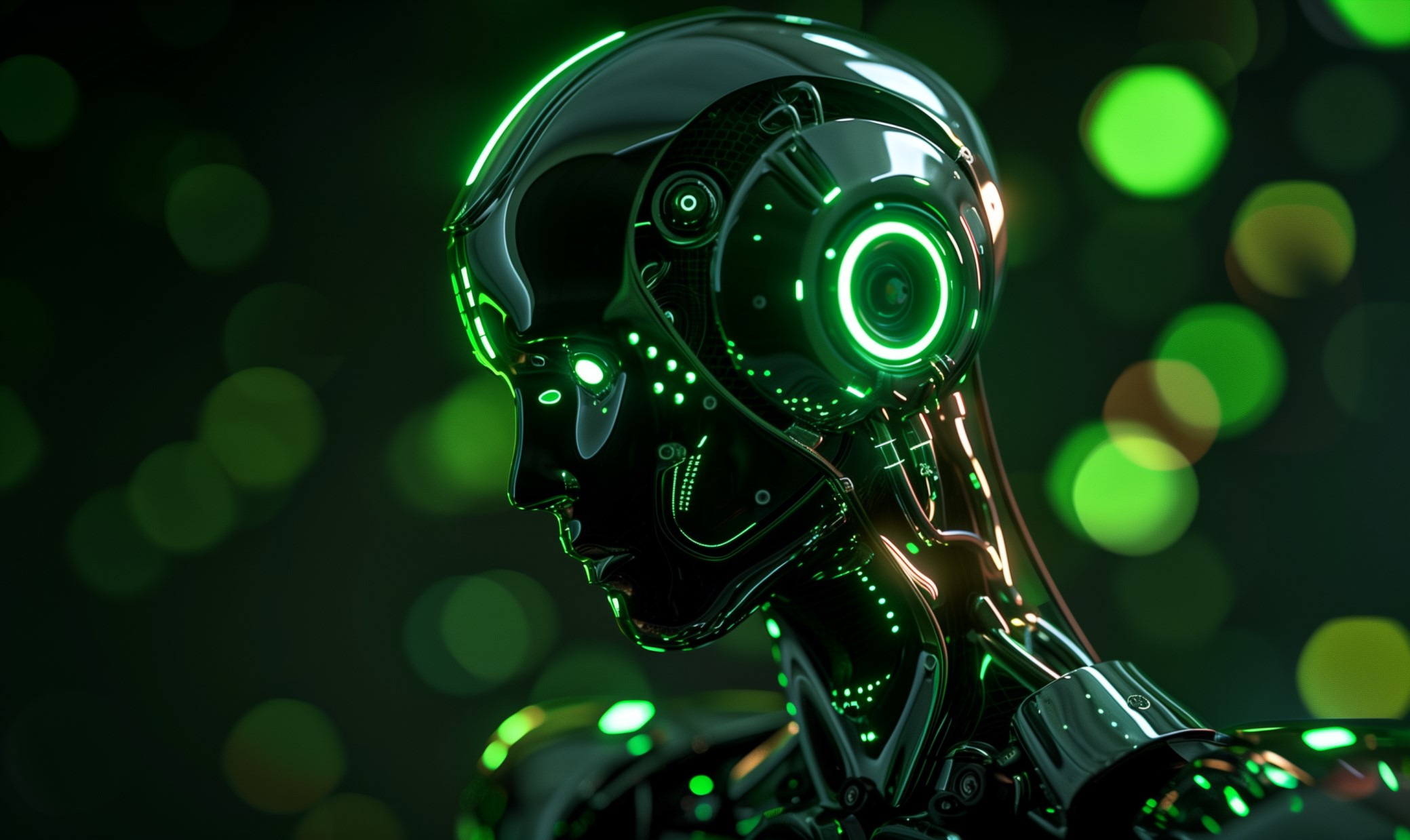Some resourceful developers from the Massachusetts Institute of Technology’s Fluid Interfaces Lab have created a unique augmented reality app that will allow users to interact with and control smart tech devices like never before.
Today’s smart devices are designed to be reactive, such as Amazon’s Echo or Google’s Nest smart-home thermostat. Nest, for example, will build a personal profile of your temperature and history settings to automatically deliver a positive experience.
It will learn patterns over time, such as what temperatures you like or when you change the thermostat, and then work to change your home for you – eventually eliminating the need for you to interact with it. It’s predictive and reacts based on the personalized profile it builds. In this way, it is designed to take control away from its users.
The developer of the Reality Editor app, Valentin Huen, believes that’s the wrong approach for connected devices. He feels that smart tech – especially those tapped into the Internet – should empower us by giving more direct and precise controls.
“Imagine a future where everything around you can be controlled. It goes to the deep origin of humanity: We are tool makers. We build empowering tools, to manipulate the world around us.”
What Is the Reality Editor App?
As described by the team behind the app: “The Reality Editor is a new kind of tool for empowering you to connect and manipulate the functionality of physical objects.”
It’s designed to work like this: You use your phone’s camera and the app to create invisible links between smart objects. Simply point the camera at an object, and its invisible capabilities will appear on your phone for editing. Then you can drag a virtual line to connect that object with another.
What’s the point of all this? Essentially, it will allow you to sync multiple smart devices so they perform actions simultaneously. Consider a lamp that will also power off the TV when you turn it off, or better yet will lower the volume when you dim the brightness. How about an air conditioner unit for your home that automatically turns off when you open a window?
These synchronized actions can be programmed and created using the Reality Editor app.
Just take a moment and imagine the efficiency and productivity that could be introduced in our lives with something like this. Such an app – after being paired with modern smart tech – can be used virtually anywhere, even in the office. We could suddenly find ourselves with a lot more free time as the system completes several actions at once, with just a simple interaction from users.
All the lights in the office turn off at the same time as the computer monitors. As soon as you lock your door and leave your house, the air conditioning unit turns off to conserve energy, and back on when you’re close to home.
These are all things that could be possible with the Reality Editor app.
What Else Does the App Need to Work?
Of course, an app like this isn’t going to be able to work with every smart device out there without additional support. The biggest hurdle the developers will need to overcome if they want to see this app succeed is generating support for existing and future products.
They will need to encourage smart device makers and third-party developers to not only support the app, but also offer functionality. Luckily, the team has made it possible for anyone to get the app working with existing smart objects. If you have the wherewithal, you can build the necessary adapters for objects you already own, and you can take advantage of the team’s open source platform called Open Hybrid.
As an aside, this also goes to show how important it will be for future generations to understand development and coding from both a hardware and software perspective. Even with today’s plug-and-play smart-home tech, you can get a lot further with a bit of knowledge on programming and development.
Recent Stories
Follow Us On
Get the latest tech stories and news in seconds!
Sign up for our newsletter below to receive updates about technology trends















